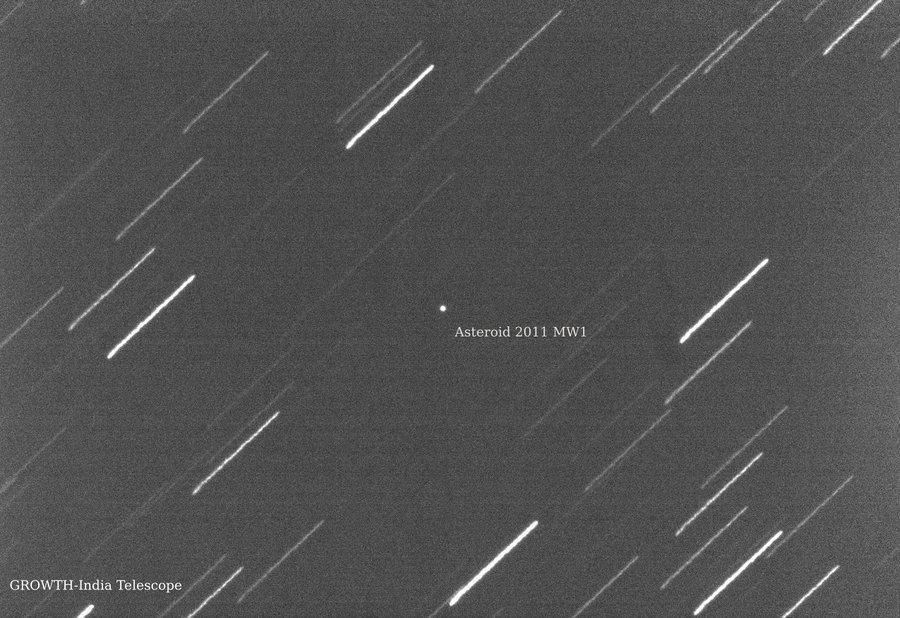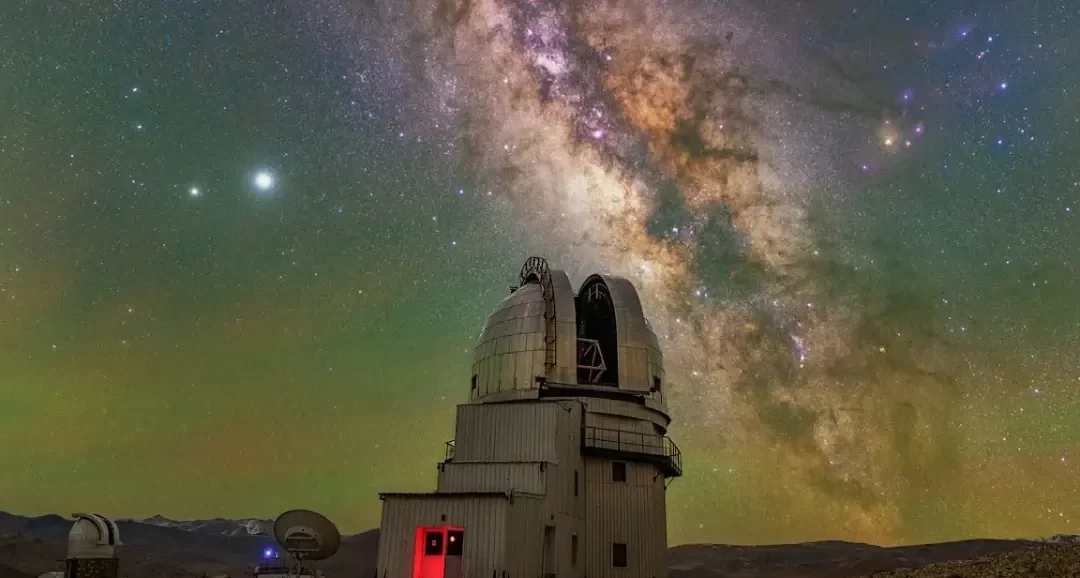The cosmos is a dynamic tapestry woven with events of astonishing scale and brevity. From exploding stars to merging black holes, these transient phenomena offer invaluable insights into the universe’s workings. To capture these fleeting cosmic spectacles, a global network of telescopes has been established: the Global Relay of Observatories Watching Transients Happen (GROWTH). India, with its clear skies and growing astronomical prowess, has secured a pivotal role in this international collaboration.
Understanding GROWTH
GROWTH is a five-year project funded by the National Science Foundation (NSF) to advance our comprehension of cosmic transient events. This network of telescopes, distributed across the globe, ensures uninterrupted observation of the night sky. By coordinating observations and rapidly sharing data, scientists can study phenomena like supernovae, merging neutron stars, gamma-ray bursts, and even potentially hazardous near-Earth asteroids.
India’s Contribution to GROWTH
India’s participation in GROWTH is a significant stride in astronomical research. A dedicated 70-centimeter telescope has been installed at the Indian Astronomical Observatory in Hanle, Ladakh. Strategically positioned at a high altitude, this telescope enjoys exceptional viewing conditions, making it an ideal addition to the global network.
This Indian telescope is unique in its role. While the larger Himalayan Chandra Telescope at Hanle is primarily used for spectroscopy, the GROWTH telescope focuses on imaging. This specialized function complements the network’s capabilities, allowing for rapid identification and tracking of transient events.
Moreover, the telescope is fully robotic, enabling remote operation from the Indian Institute of Astrophysics (IIA) in Bengaluru. This technological advancement ensures swift response times, critical for capturing transient phenomena that often disappear quickly.
The Impact of GROWTH
India’s involvement in GROWTH promises to yield groundbreaking discoveries. By contributing to the global pool of data, Indian astronomers can collaborate with international peers to unravel the mysteries of the universe. The project also fosters scientific exchange and capacity building within the country.
As GROWTH continues to expand its observational capabilities, India’s role will become increasingly important. The data collected by the Indian telescope will not only contribute to global research but also inspire future generations of astronomers and scientists.
In conclusion, India’s participation in the GROWTH project is a testament to the country’s growing stature in the field of astronomy. The collaboration offers immense potential for scientific breakthroughs and strengthens India’s position in the global astronomical community.
Last night, the GROWTH-India Telescope at Hanle, Ladakh, caught asteroid 2011 MW1, the 116m, building-sized asteroid on its closest approach to earth! We tracked the rapid motion of the asteroid as it zipped across the sky at just 10x lunar distance. The rapid motion makes background stars look like streaks. ( Credit: Varun Bhalerao, Starlab IIT Bombay)



